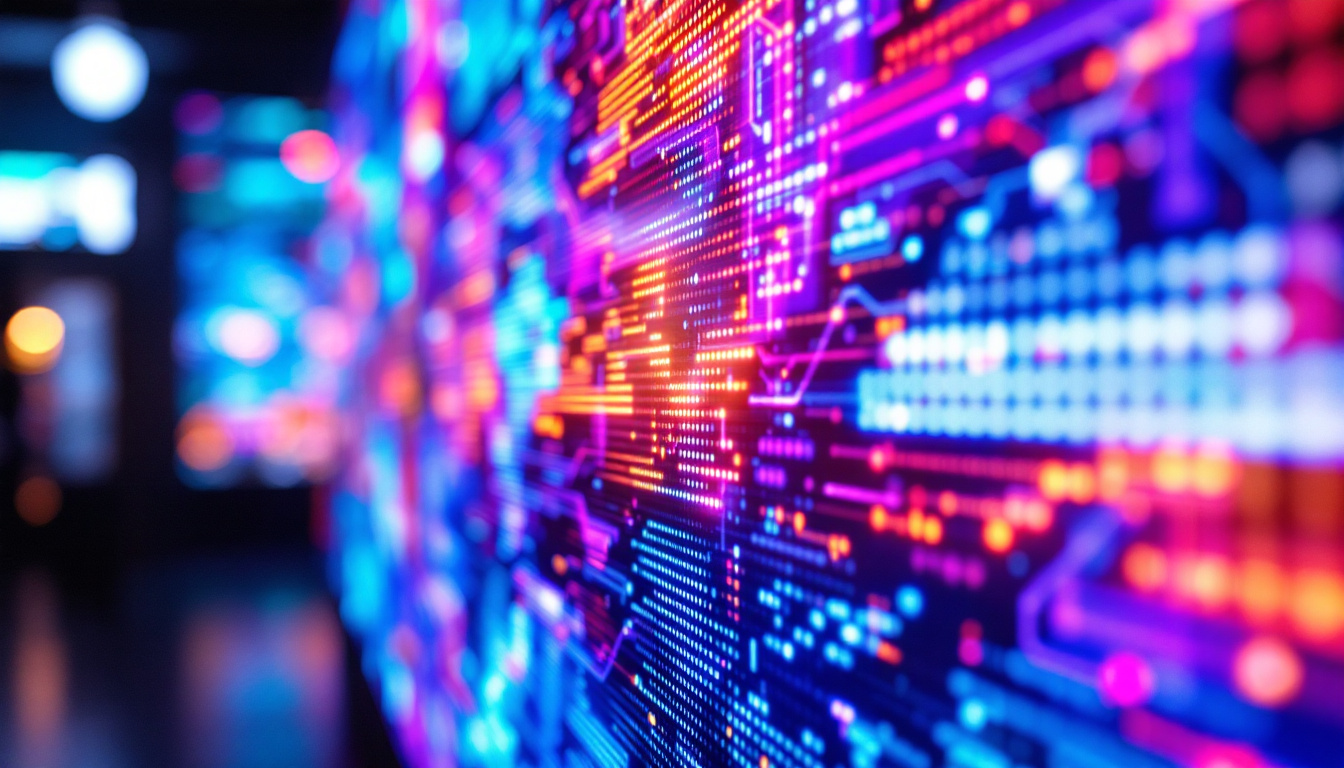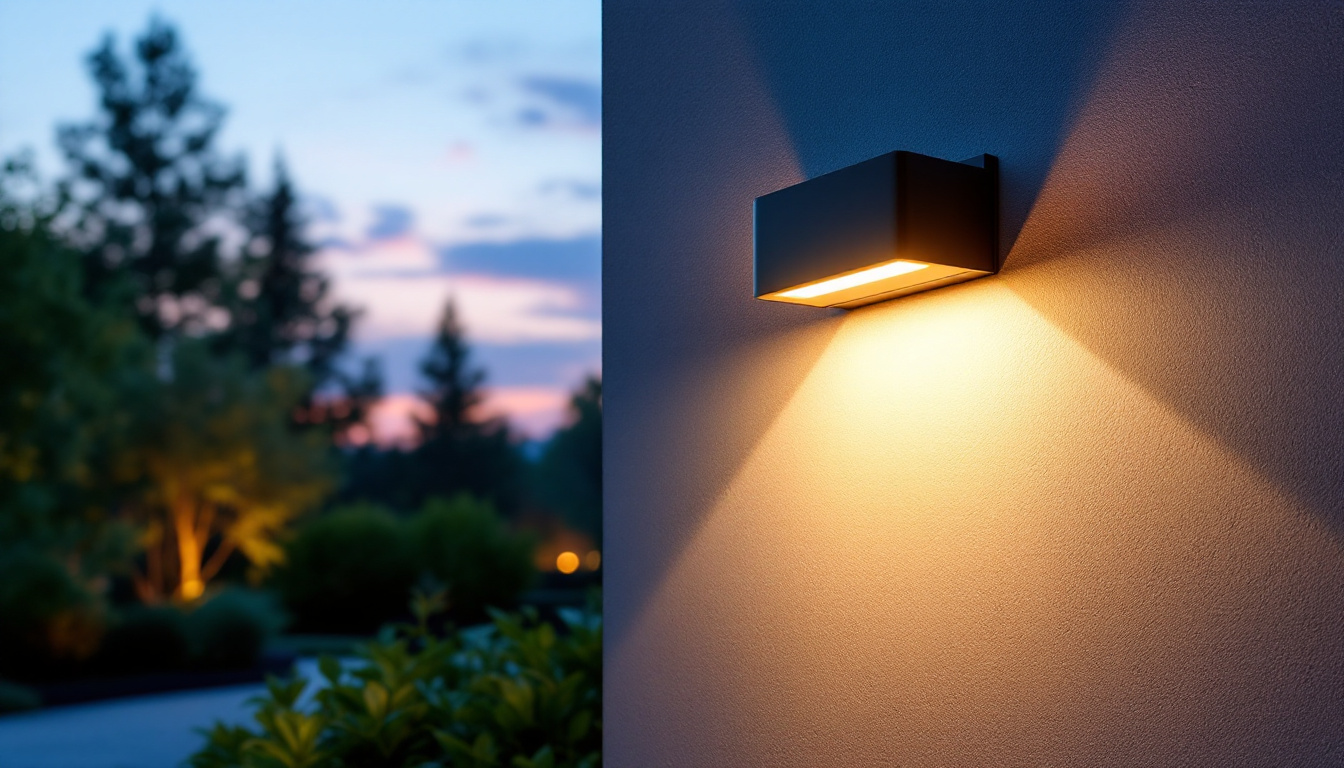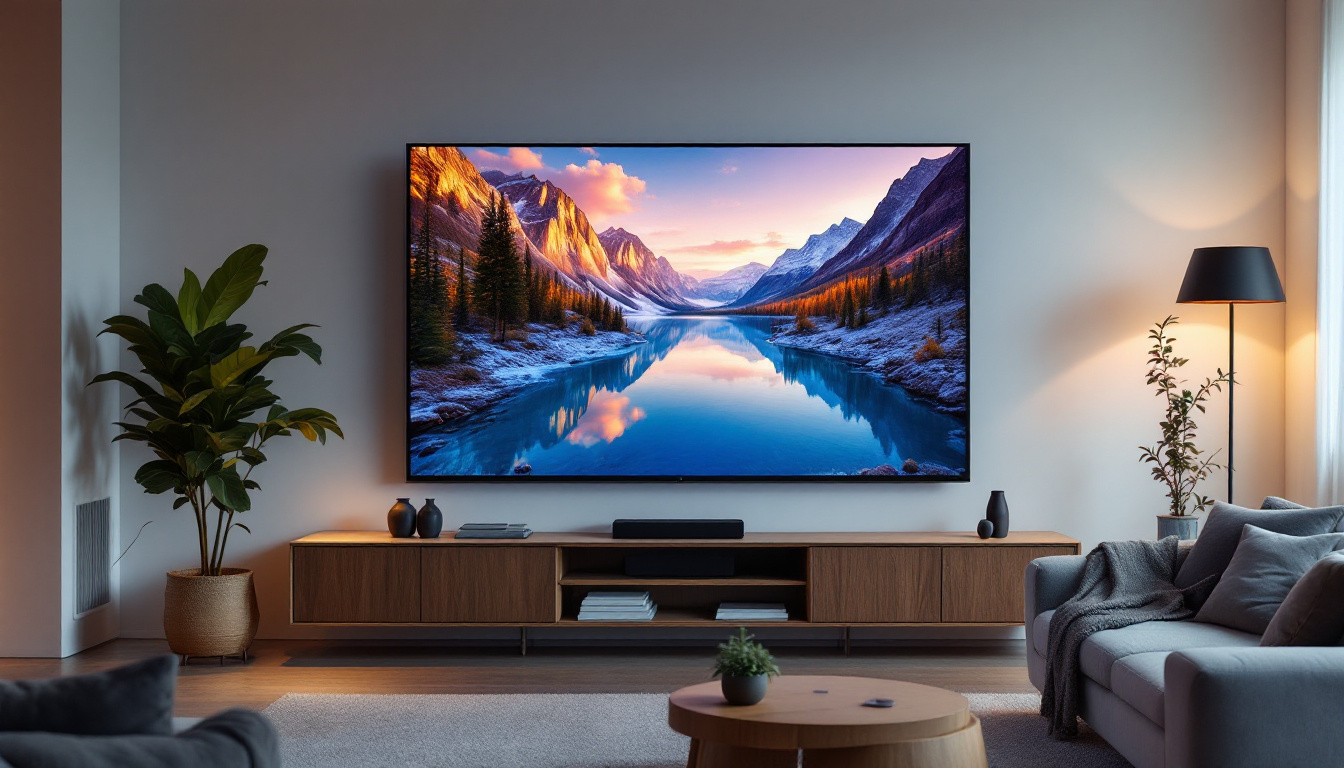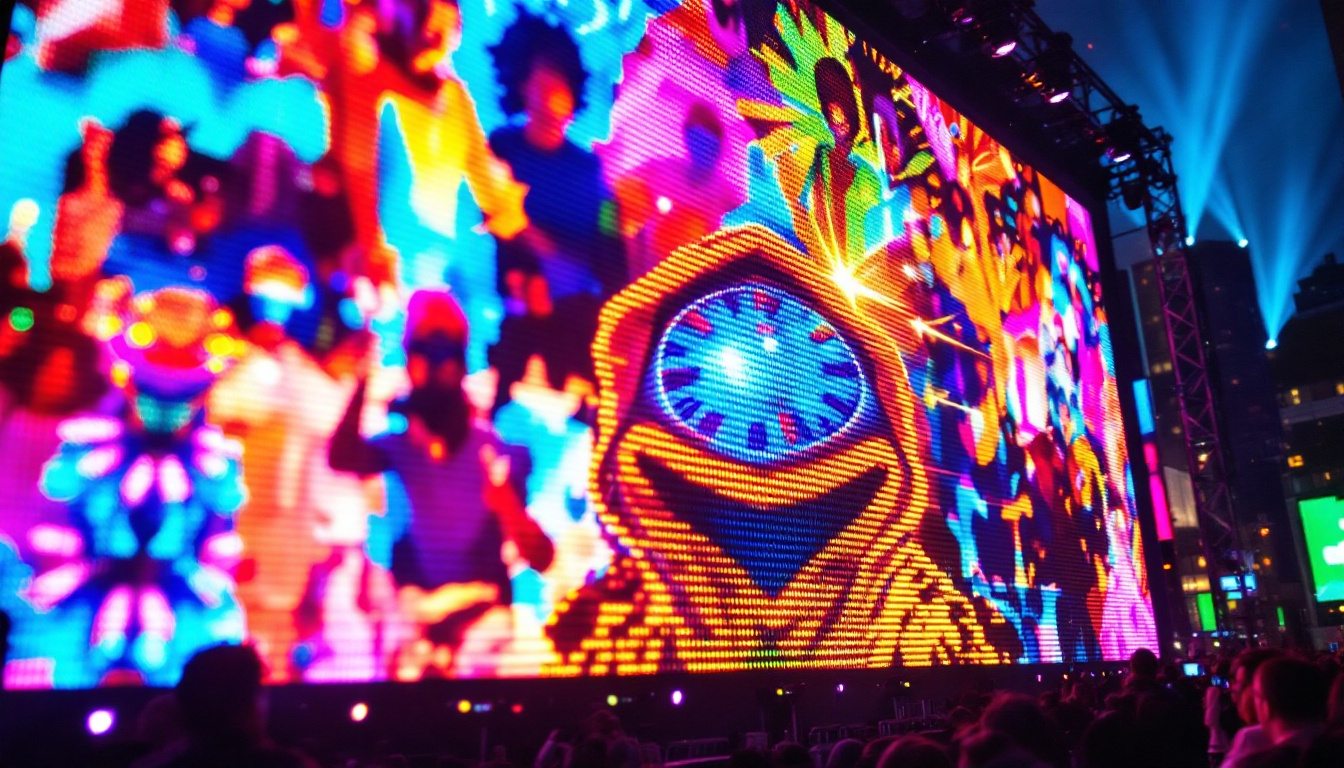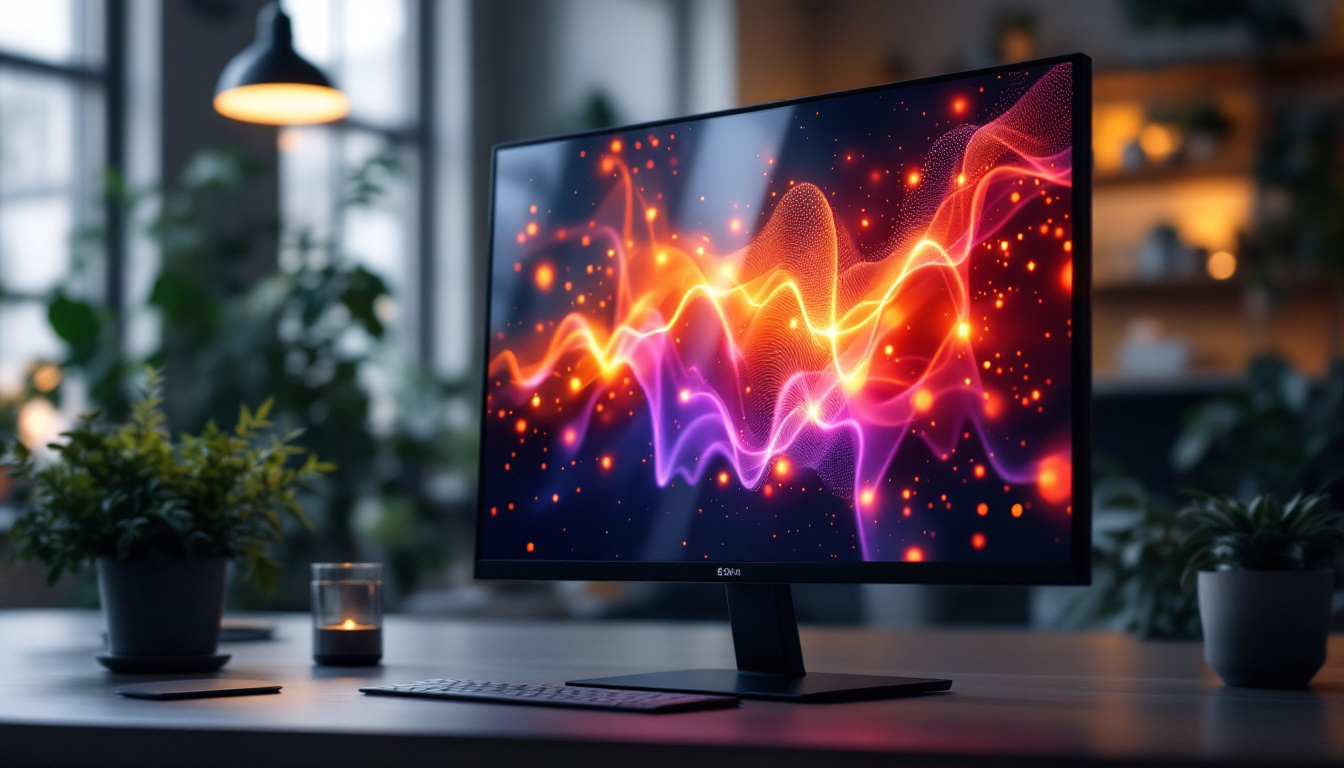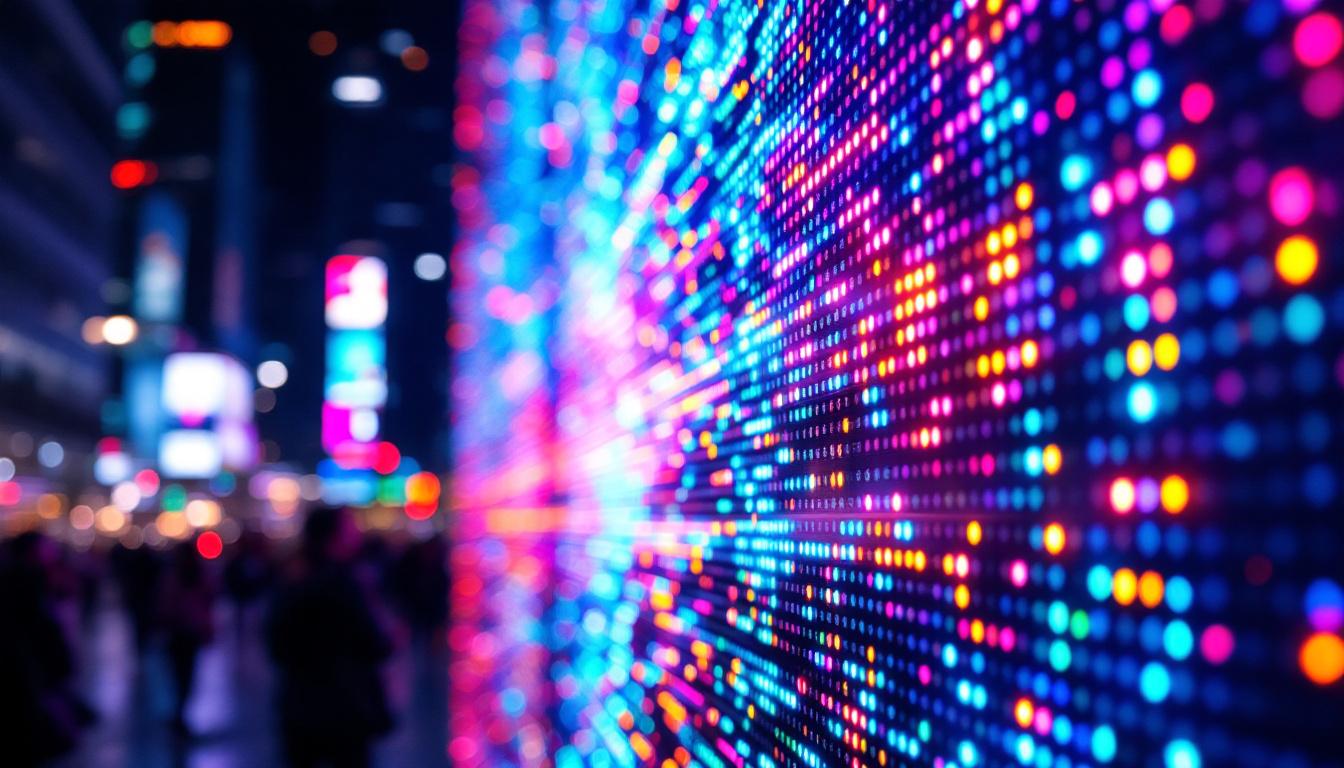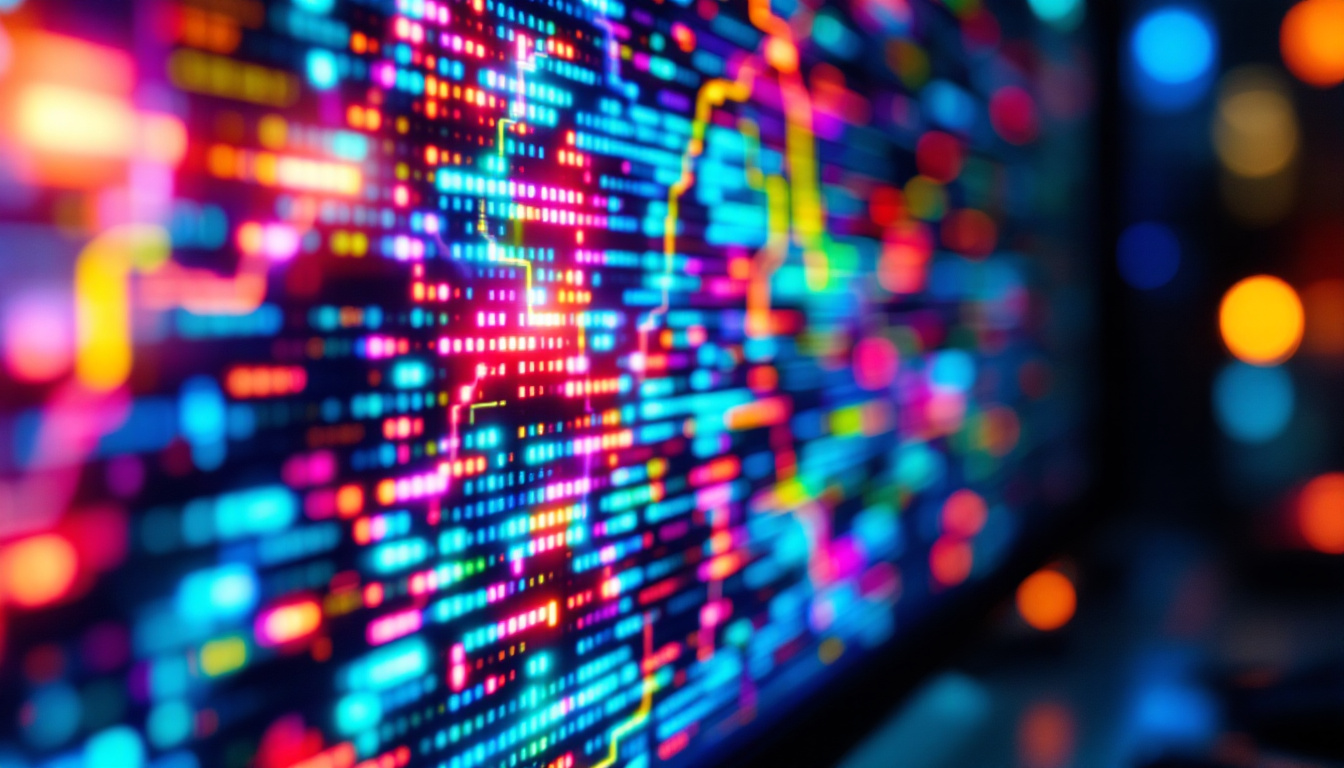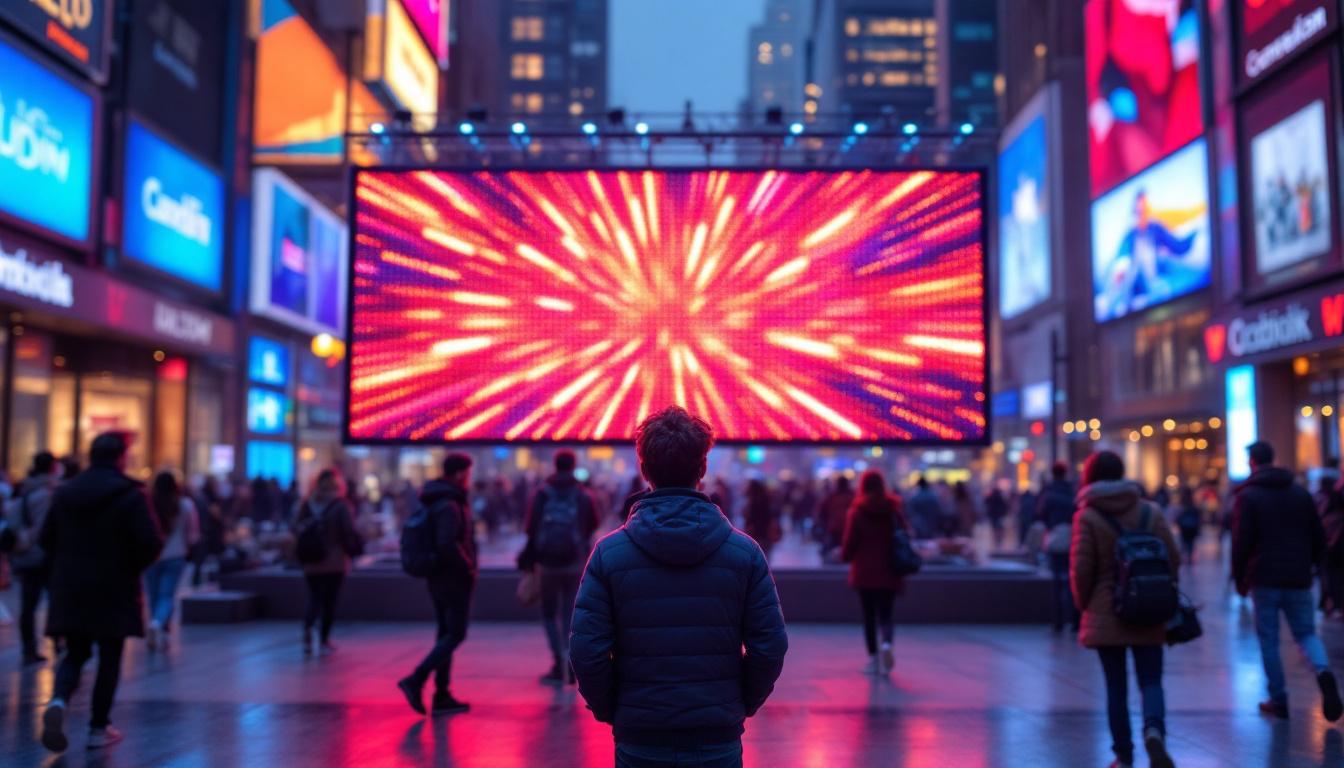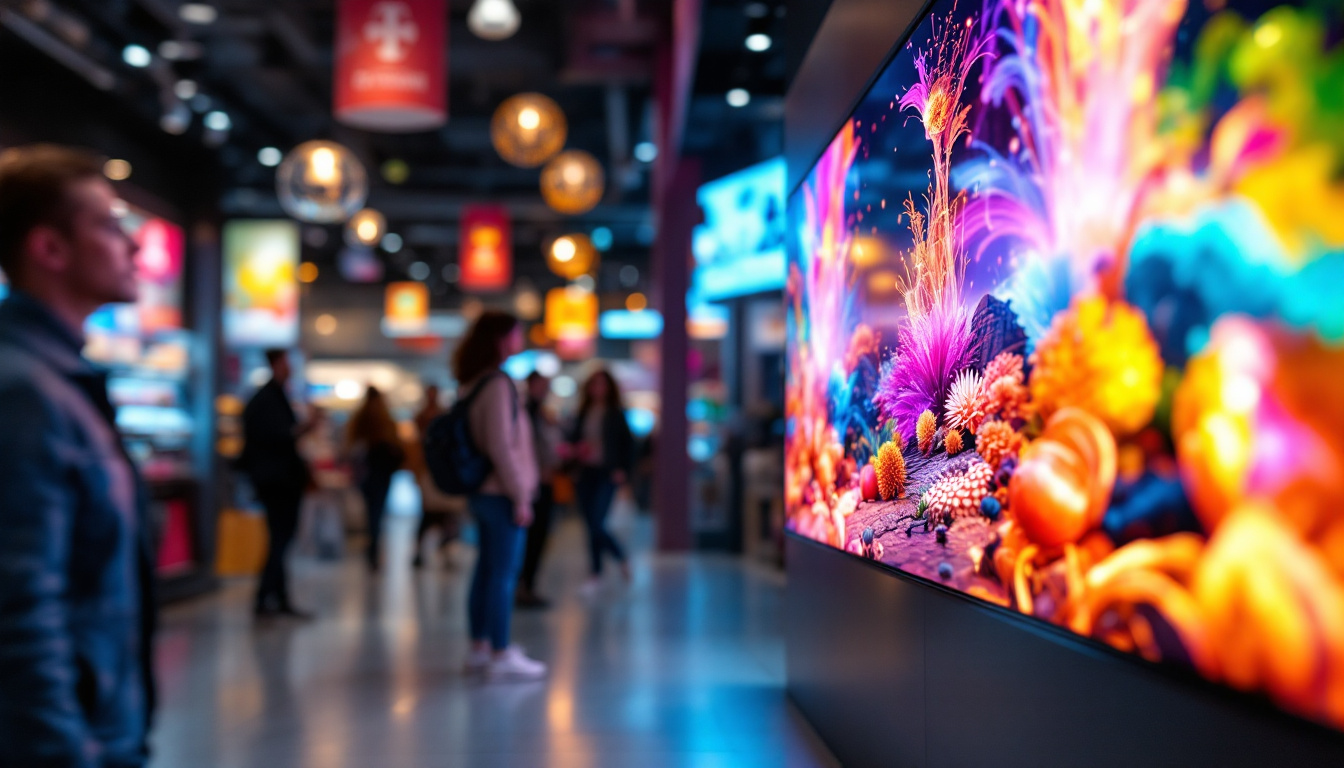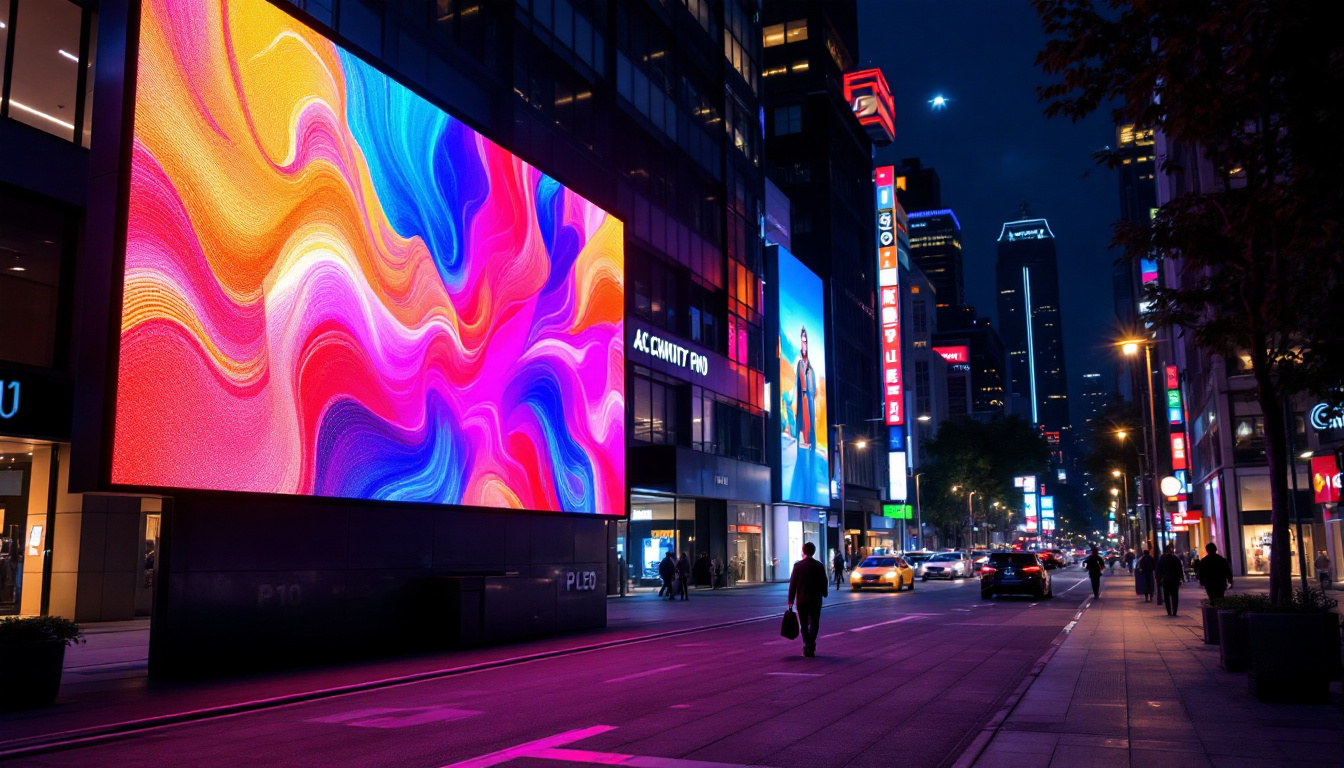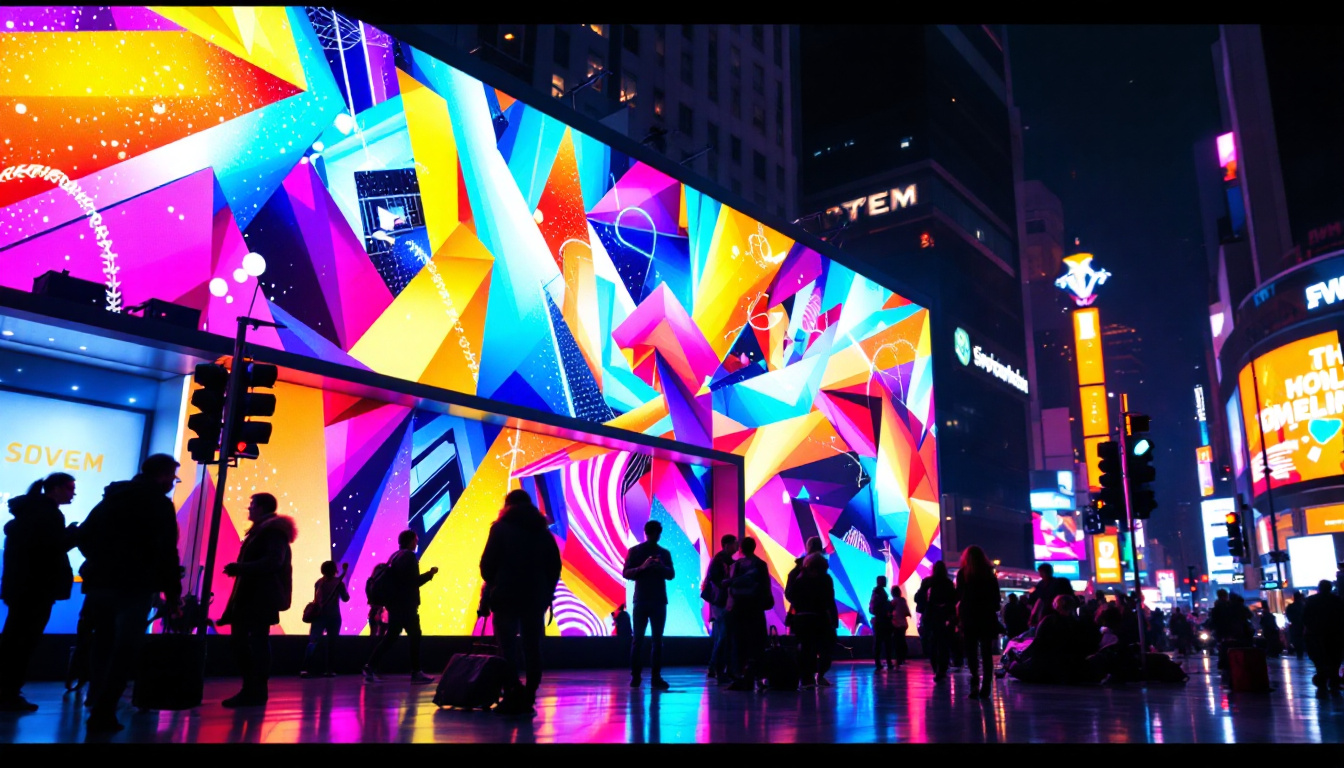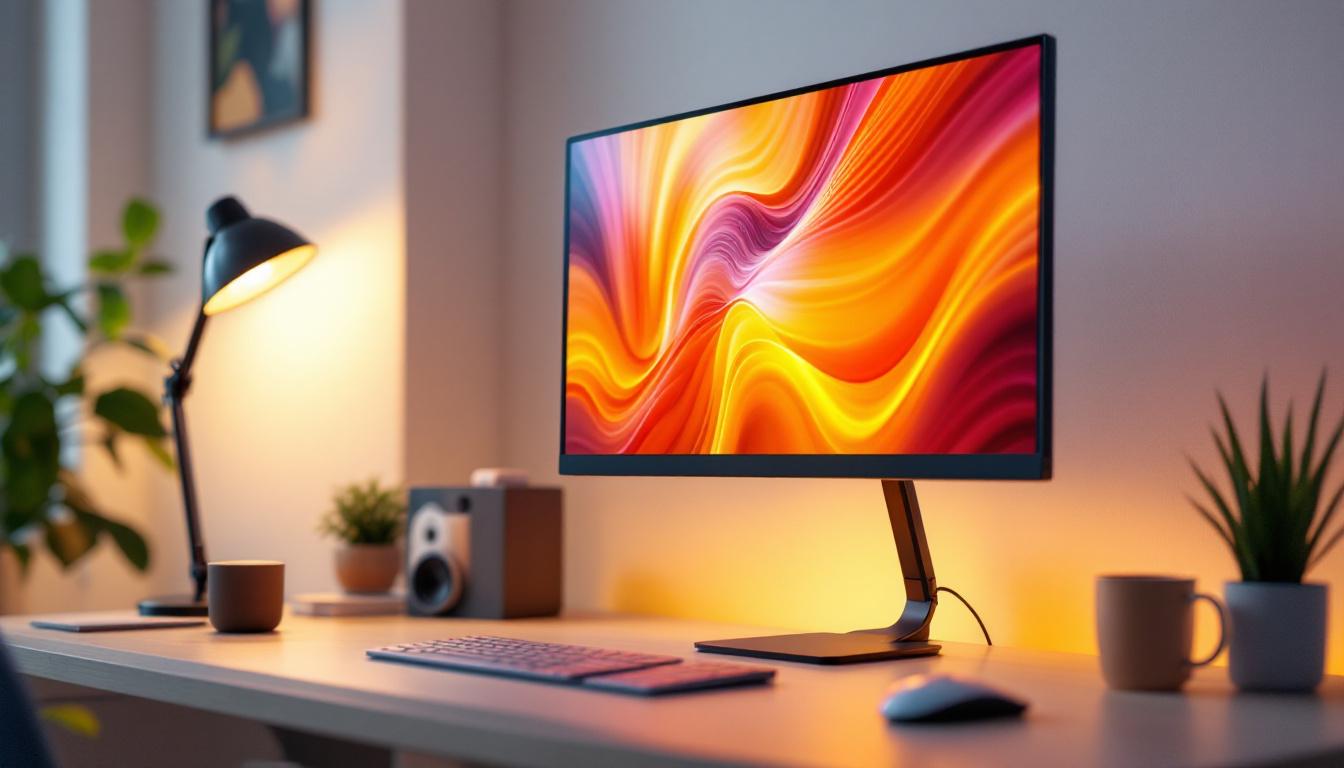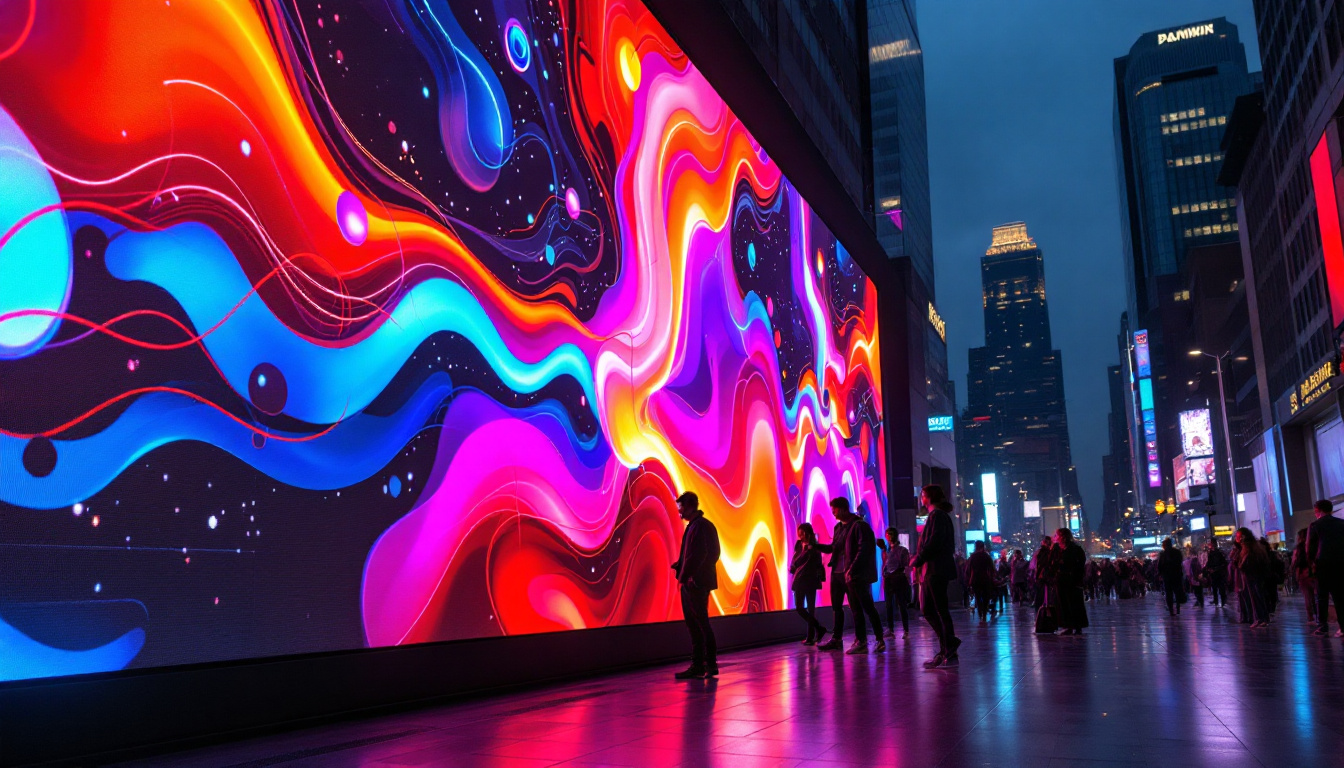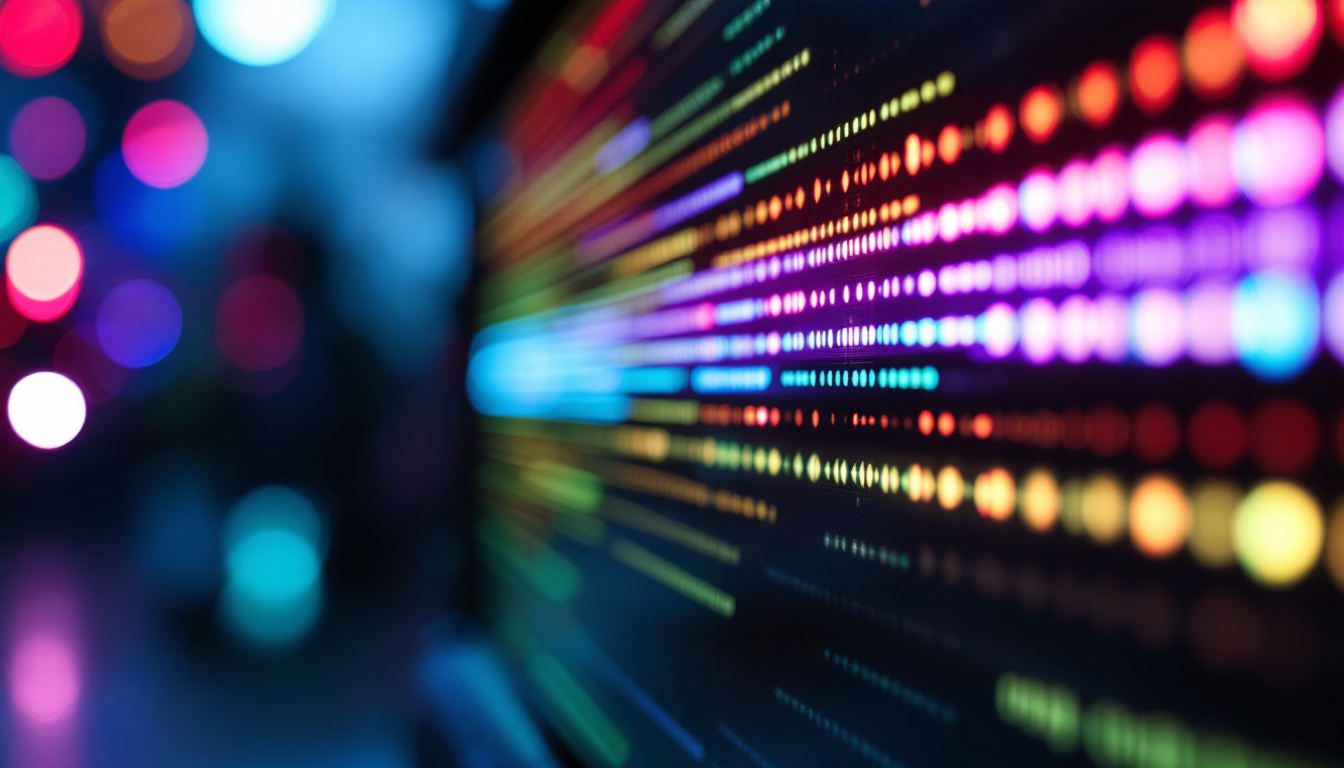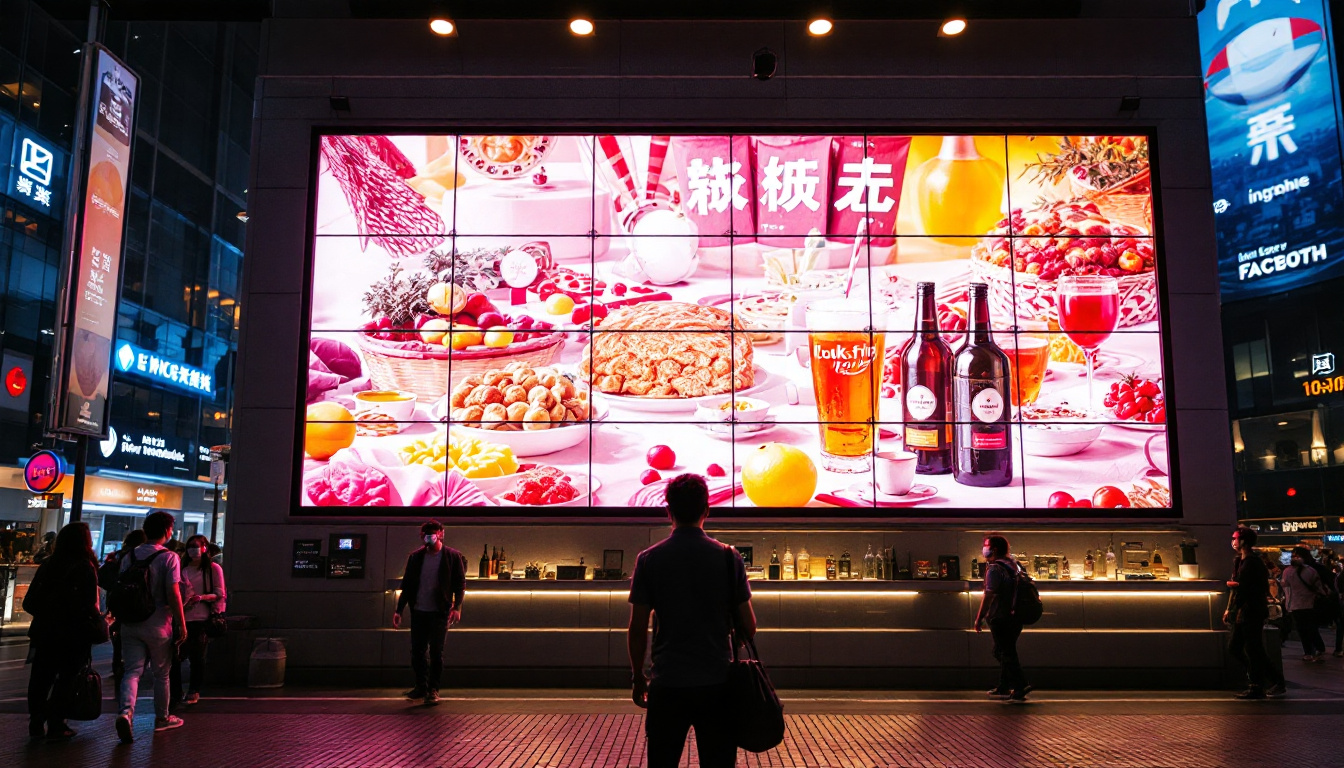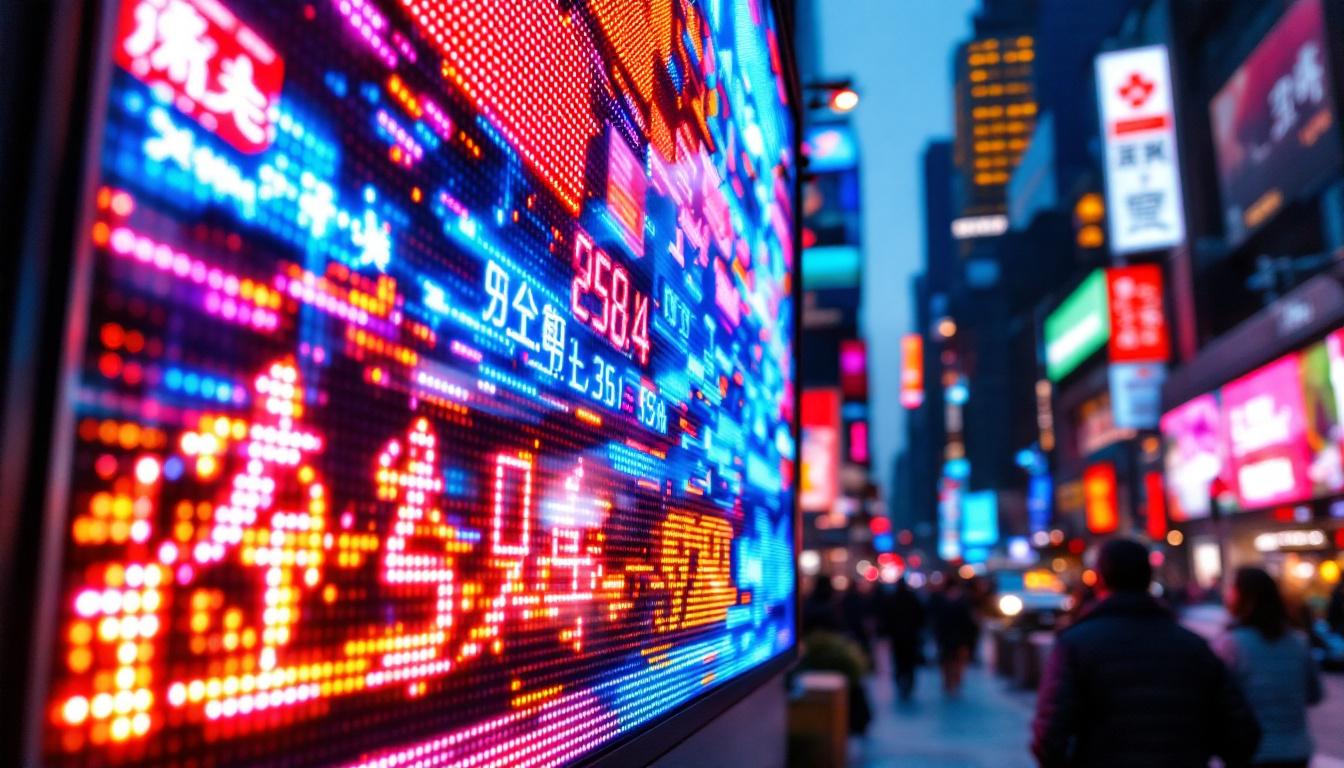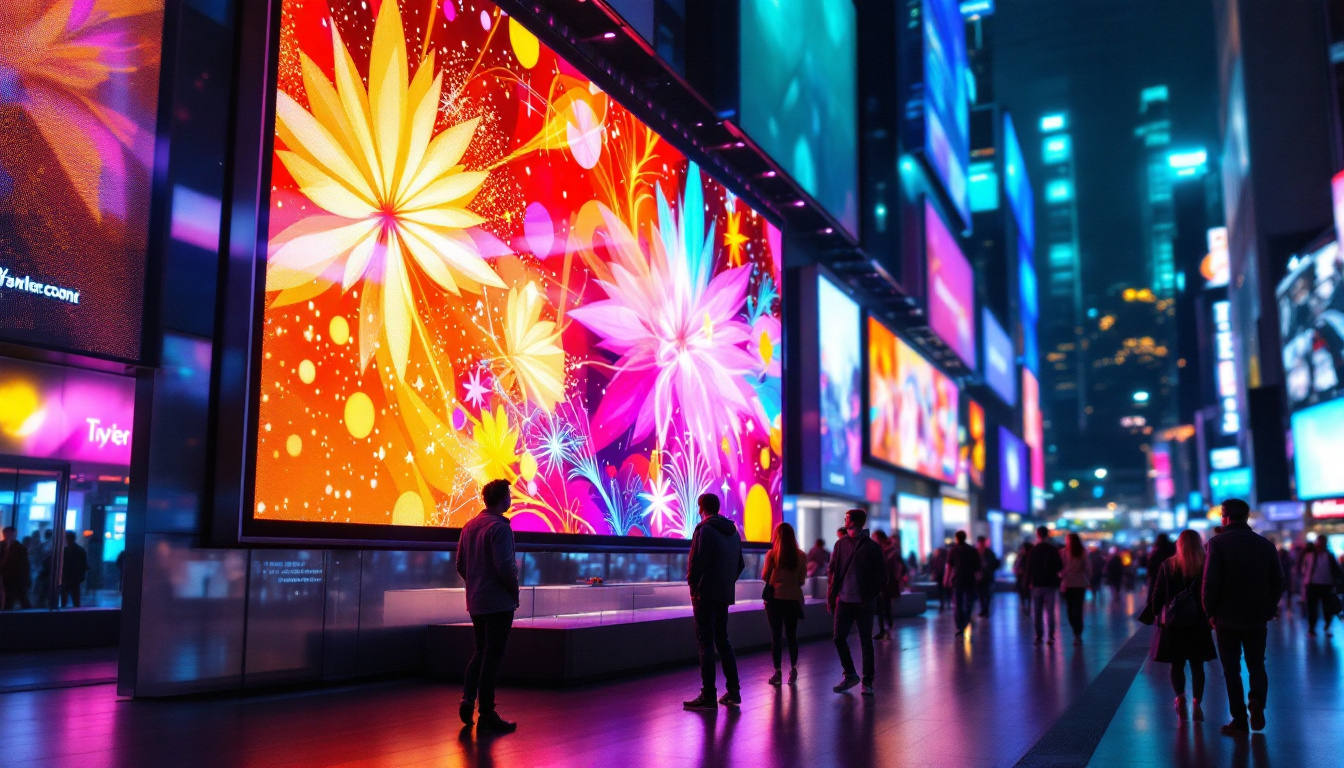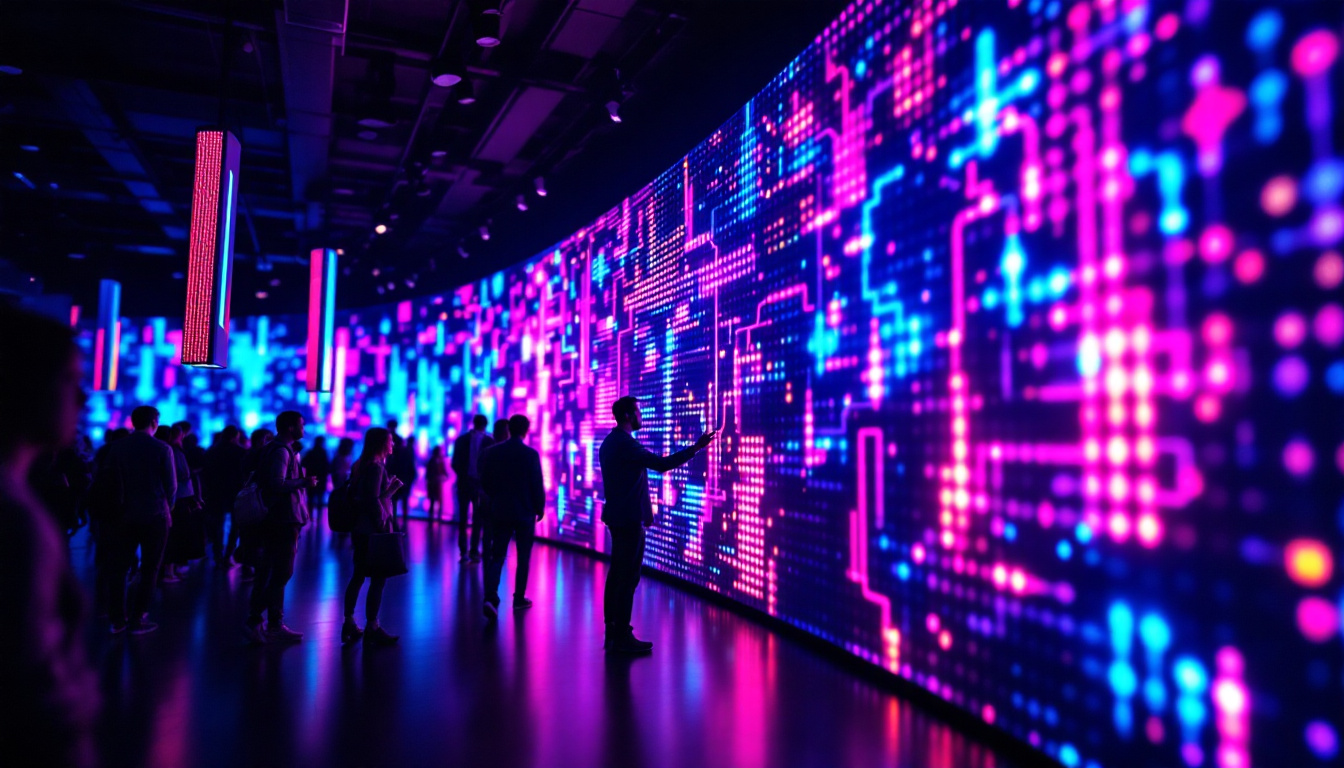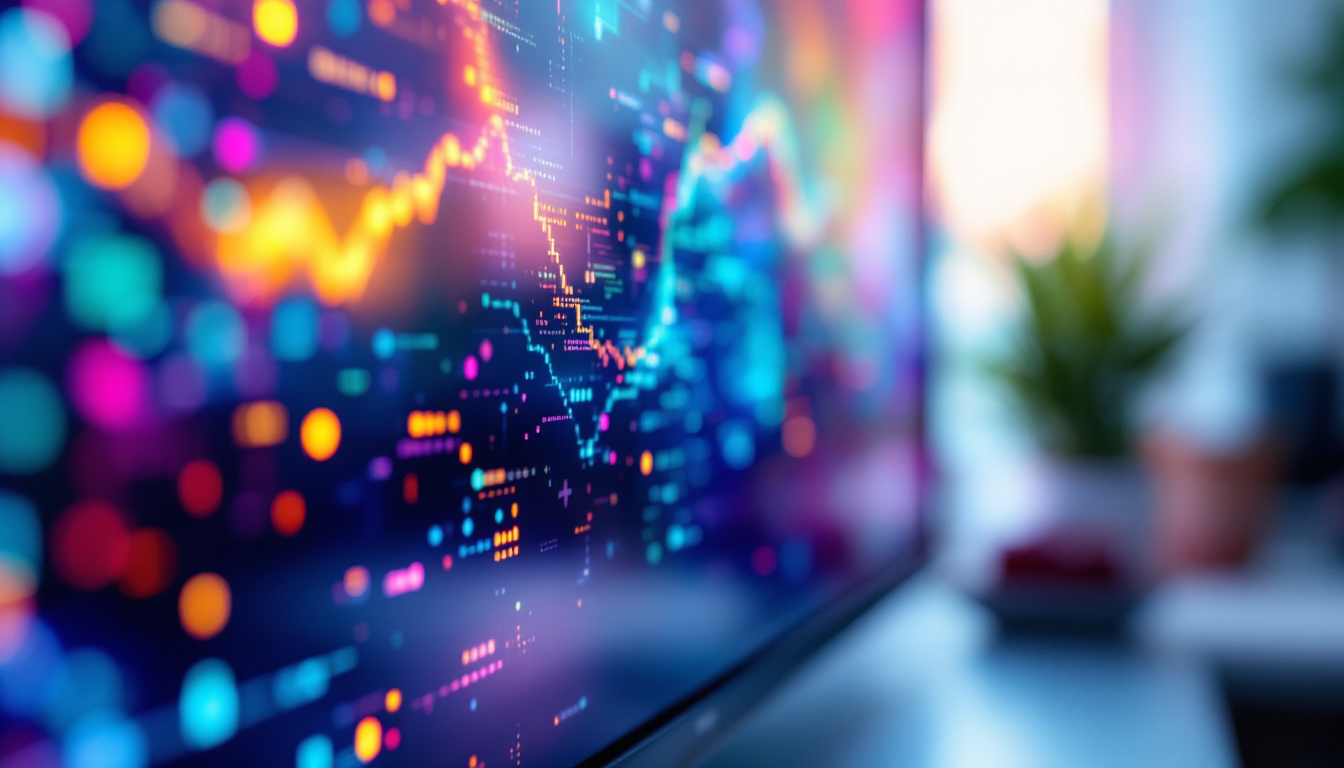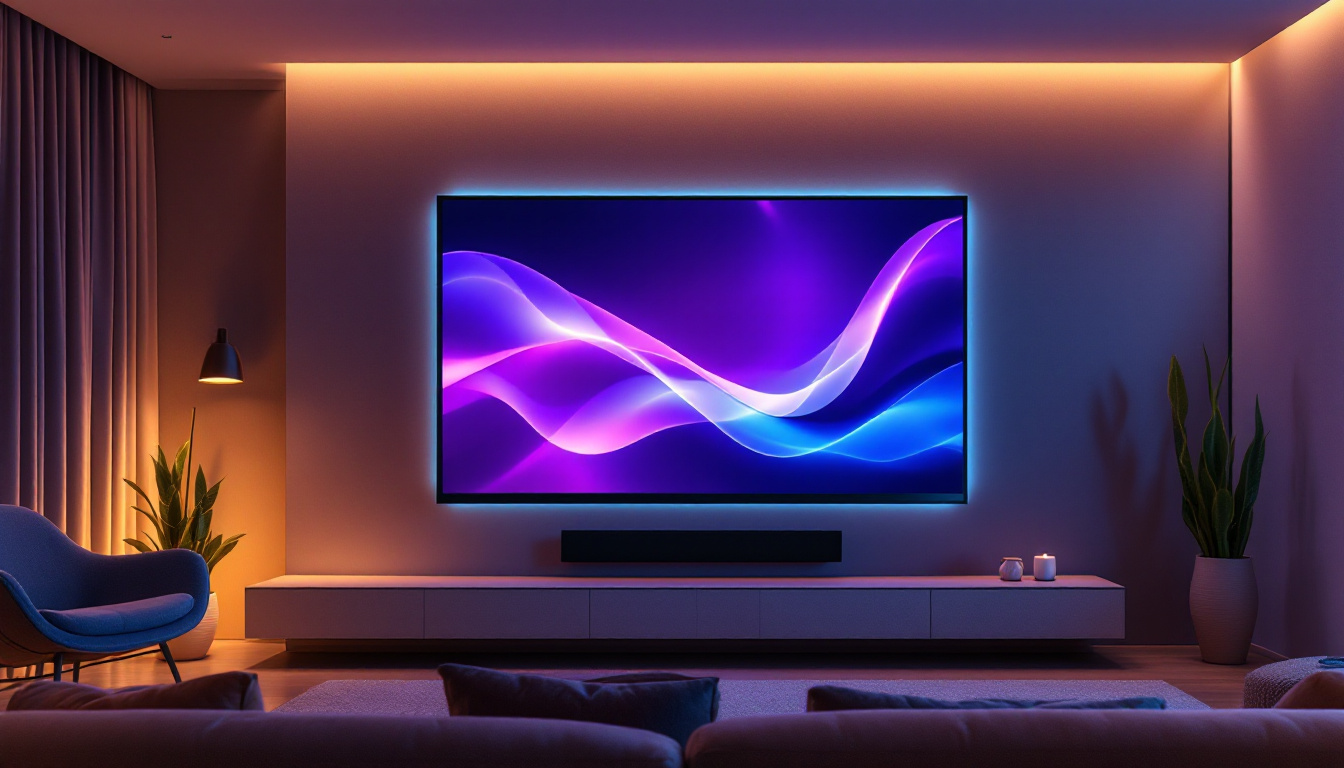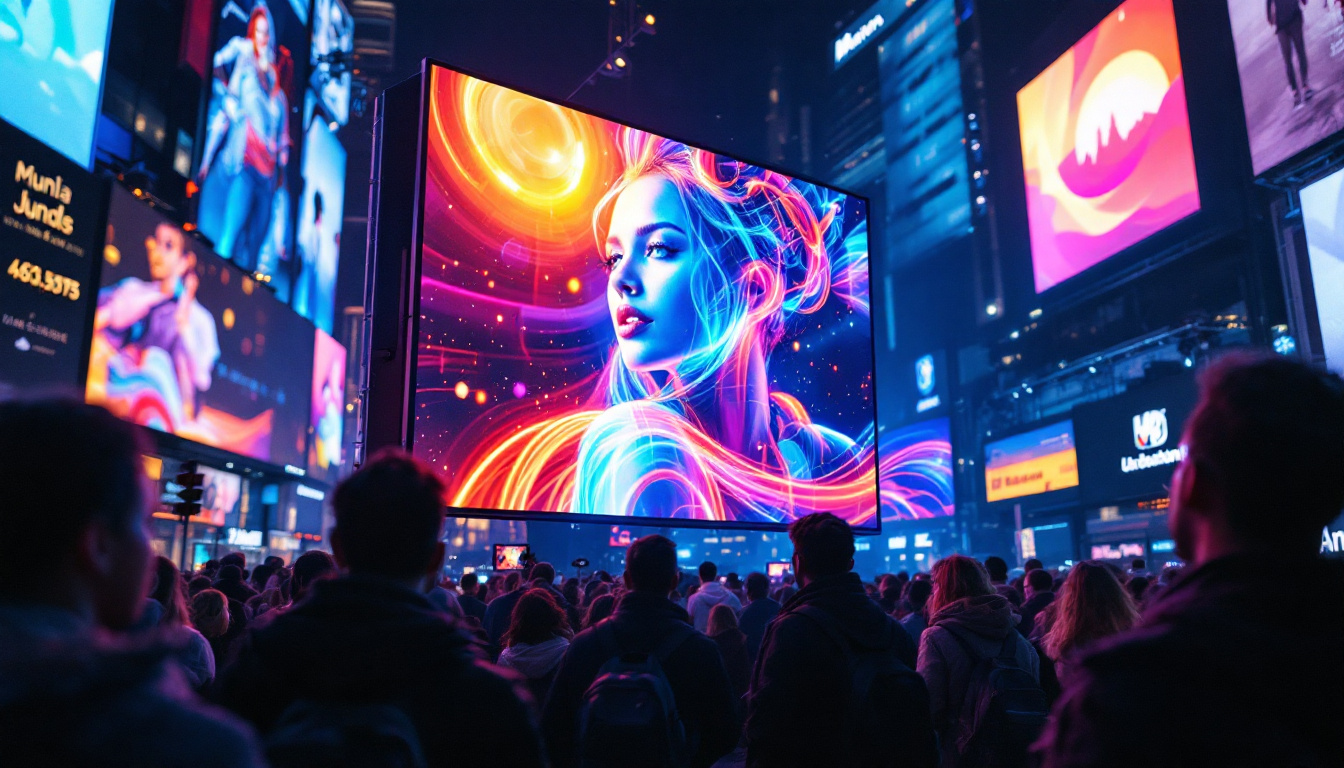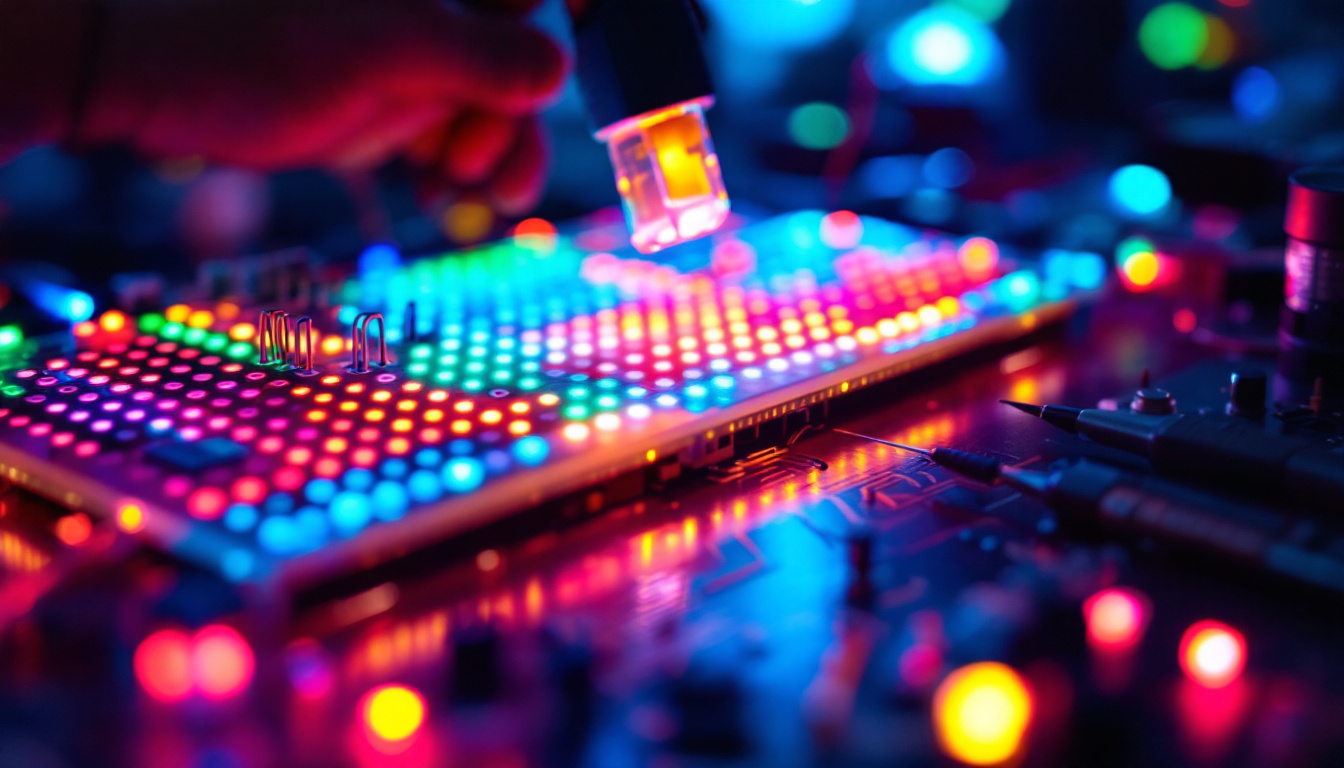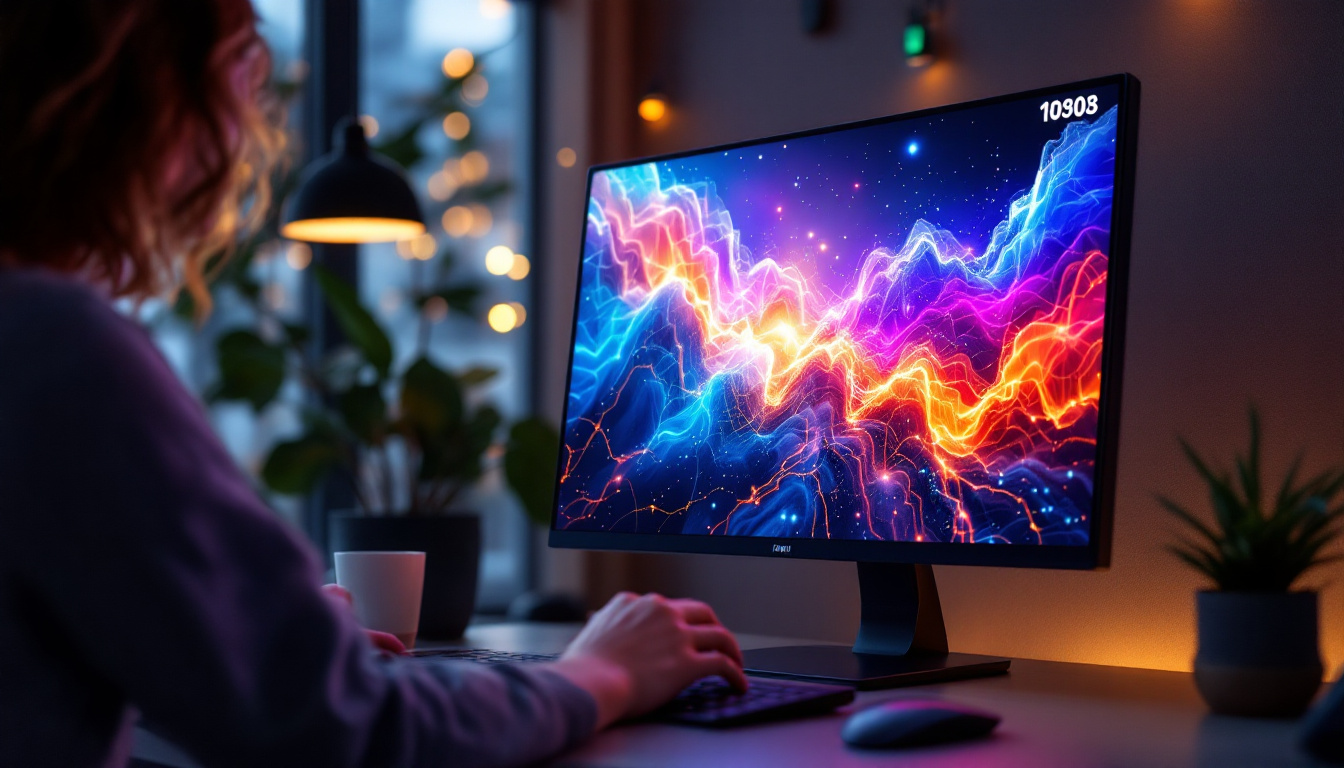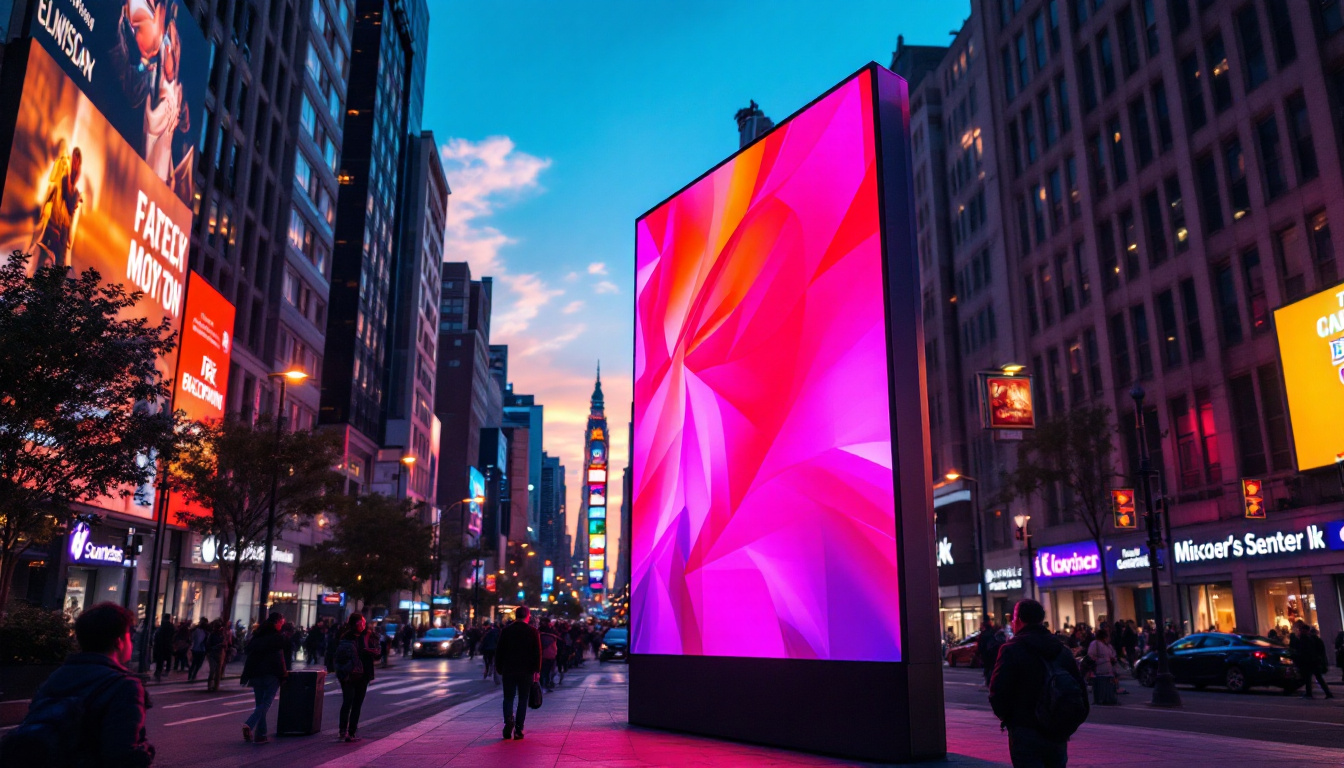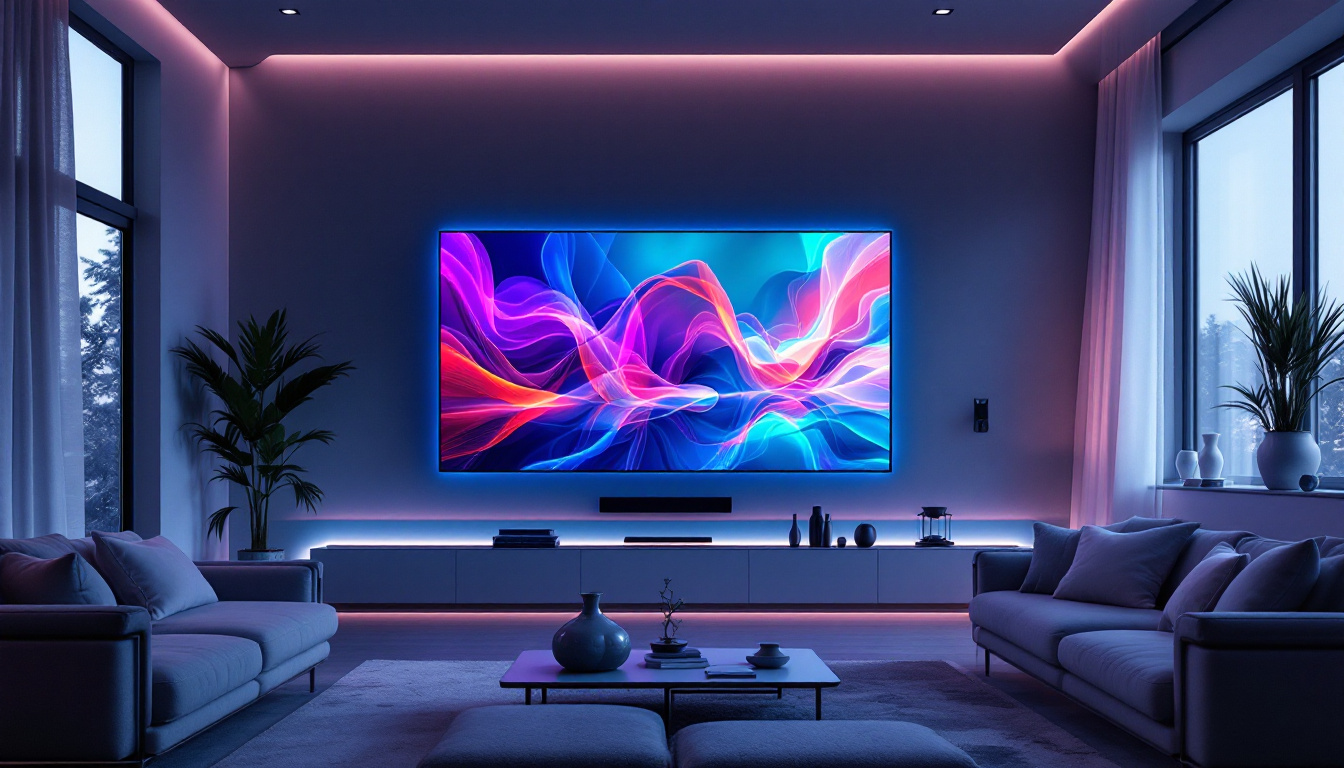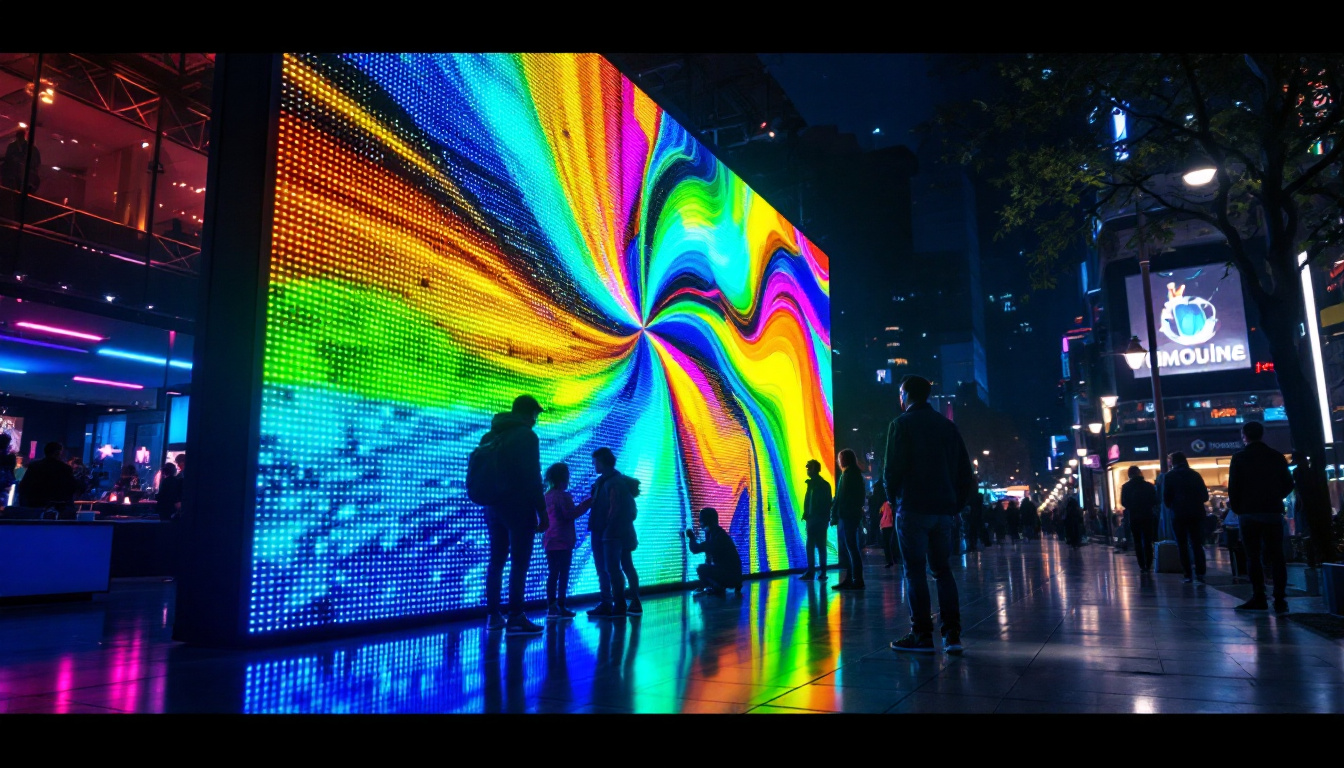In recent years, digital art has transformed the way we perceive and interact with visual media. Among the various mediums available, LED displays have emerged as a popular choice for artists and creators alike. This article delves into the world of LED displays in digital art, exploring their technology, applications, and the impact they have on the art community.
Understanding LED Technology
Light Emitting Diodes (LEDs) are semiconductor devices that emit light when an electric current passes through them. This technology has revolutionized not only the lighting industry but also the realm of digital displays. The use of LEDs in screens allows for vibrant colors, high brightness, and energy efficiency, making them an ideal choice for digital art installations. Furthermore, LEDs have a significantly longer lifespan compared to traditional incandescent bulbs, often lasting tens of thousands of hours, which contributes to their growing popularity in both residential and commercial applications.
As the demand for energy-efficient lighting solutions continues to rise, LEDs have become a cornerstone in sustainable design practices. Their low power consumption not only reduces electricity bills but also minimizes environmental impact. This shift towards LED technology is evident in urban planning, where cities are increasingly adopting LED streetlights to enhance visibility while reducing energy costs and carbon footprints.
How LEDs Work
At the core of LED technology lies the principle of electroluminescence. When electrons recombine with holes in the semiconductor material, they release energy in the form of photons, which we perceive as light. The color of the light emitted depends on the materials used in the semiconductor. By combining different colors of LEDs—red, green, and blue (RGB)—it is possible to create a full spectrum of colors, which is essential for producing stunning visual displays. This RGB combination is the foundation for technologies such as color mixing and pixel mapping, which are widely used in entertainment and advertising.
Moreover, advancements in LED technology have led to the development of tunable white LEDs, which can adjust their color temperature to mimic natural daylight. This feature not only enhances the aesthetic appeal of spaces but also promotes well-being by aligning artificial lighting with our circadian rhythms. The ability to control light quality and intensity has opened up new avenues in architectural design and interior decor, allowing for dynamic environments that can adapt to different activities and moods.
Types of LED Displays
LED displays come in various forms, each suited for different applications. The most common types include:
- Direct View LED: These displays consist of individual LEDs arranged in a grid, allowing for high-resolution images and videos. They are often used in large outdoor billboards and indoor installations. Their modular design allows for easy scaling, making them ideal for both small and large venues.
- LED Backlit LCD: This type uses LEDs to backlight an LCD panel, providing improved brightness and color accuracy. They are widely used in televisions and computer monitors. The backlighting technology has evolved to include local dimming features, which enhance contrast by adjusting the brightness in specific areas of the screen.
- Organic LED (OLED): A newer technology that uses organic compounds to emit light, OLEDs offer superior contrast and flexibility, making them popular in smartphones and high-end displays. Their ability to produce true blacks and vibrant colors has made them a favorite among filmmakers and graphic designers, as they provide an immersive viewing experience.
In addition to these common types, newer variations such as MicroLED and MiniLED are emerging, promising even greater performance and efficiency. MicroLED technology, for instance, uses microscopic LEDs to create displays that are brighter, more energy-efficient, and capable of achieving higher pixel densities than traditional LED displays. This innovation is paving the way for the next generation of ultra-high-definition screens that can deliver stunning visuals in a compact form factor.
The Role of LED Displays in Digital Art
LED displays have become an integral part of the digital art landscape, offering artists new ways to express their creativity. The versatility and dynamic nature of these displays allow for innovative installations that engage audiences in unique ways.
Interactive Installations
One of the most exciting applications of LED technology in digital art is the creation of interactive installations. Artists can use sensors and software to allow viewers to interact with the artwork, creating a dialogue between the piece and the audience. This interactivity can take many forms, from changing visuals based on viewer movements to responding to sound or touch.
Such installations not only enhance the viewer’s experience but also challenge traditional notions of art as a static object. The dynamic nature of LED displays allows for continuous evolution, making each interaction a unique experience.
Immersive Environments
LED displays are also used to create immersive environments that transport viewers into different worlds. Large-scale installations can envelop an audience in a sea of light and color, creating a multi-sensory experience. These environments often incorporate sound, movement, and even scent to further engage the senses.
Artists like Refik Anadol have pioneered this approach, using LED technology to transform spaces into living artworks. By projecting digital visuals onto walls and ceilings, they create a sense of depth and movement that captivates viewers and invites them to explore the space.
Applications of LED Displays in Art Exhibitions
LED displays have found their way into various art exhibitions, enhancing the way art is presented and experienced. Museums and galleries are increasingly adopting this technology to showcase contemporary works, allowing for a more engaging and interactive experience.
Enhancing Traditional Art Forms
LED displays can complement traditional art forms by providing a dynamic backdrop or interactive elements. For instance, a painting can be enhanced with animated visuals that respond to the viewer’s gaze or movement, creating a dialogue between the static and the dynamic.
This fusion of traditional and digital art not only broadens the scope of artistic expression but also attracts a wider audience, particularly younger generations who are more accustomed to digital media.
Video Art and Installations
Video art has gained immense popularity in recent years, and LED displays are at the forefront of this movement. Artists can create stunning video installations that utilize the high resolution and brightness of LED technology to captivate audiences.
These installations can range from short films projected onto large LED screens to complex, multi-screen setups that create an immersive narrative experience. The flexibility of LED displays allows artists to experiment with different formats and styles, pushing the boundaries of video art.
The Impact of LED Displays on the Art Community
The rise of LED displays in digital art has had a significant impact on the art community, fostering collaboration and innovation. As artists explore the possibilities offered by this technology, new forms of expression and engagement are emerging.
Collaboration Across Disciplines
LED technology has encouraged collaboration between artists, technologists, and designers. This interdisciplinary approach has led to the creation of groundbreaking works that blend art, science, and technology. Artists are now working alongside engineers and programmers to develop interactive installations that challenge conventional art forms.
This collaboration not only enriches the artistic process but also opens up new avenues for funding and support, as institutions recognize the value of innovative projects that push the boundaries of traditional art.
Accessibility and Democratization of Art
LED displays have also contributed to the democratization of art. With the decreasing cost of LED technology, more artists can experiment with digital displays and create their own installations. This accessibility allows for a greater diversity of voices and perspectives within the art community.
Furthermore, online platforms and social media have made it easier for artists to share their work with a global audience. As a result, digital art is becoming more recognized and appreciated, leading to a broader acceptance of new artistic forms.
Challenges and Considerations
Despite the numerous advantages of LED displays in digital art, there are also challenges and considerations that artists must navigate. Understanding these aspects is crucial for creating successful installations and artworks.
Technical Limitations
While LED technology has advanced significantly, it still comes with certain limitations. For instance, the resolution of LED displays can vary, impacting the quality of the visuals. Artists must carefully consider the specifications of the displays they use to ensure their work is presented as intended.
Additionally, the brightness of LED displays can sometimes be overwhelming, especially in darker environments. Artists need to strike a balance between visibility and comfort, ensuring that their work is engaging without being visually jarring.
Environmental Considerations
As with any technology, the environmental impact of LED displays is an important consideration. While LEDs are more energy-efficient than traditional lighting, the production and disposal of electronic components can contribute to electronic waste. Artists and institutions should be mindful of these factors and seek sustainable practices whenever possible.
Future Trends in LED Displays and Digital Art
As technology continues to evolve, the future of LED displays in digital art looks promising. Emerging trends are likely to shape the way artists create and present their work.
Advancements in Display Technology
Future advancements in LED technology, such as microLED and flexible displays, will open up new possibilities for artists. MicroLED technology offers even higher resolution and brightness, allowing for more intricate and detailed artworks. Flexible displays can be integrated into various surfaces, enabling artists to explore unconventional formats.
These advancements will not only enhance the visual quality of digital art but also expand the creative potential for artists, encouraging experimentation and innovation.
Integration with Virtual and Augmented Reality
The integration of LED displays with virtual and augmented reality (VR/AR) technologies is another exciting trend. Artists can create immersive experiences that blend physical and digital realms, allowing viewers to interact with their work in unprecedented ways.
This fusion of technologies will likely lead to new forms of storytelling and engagement, as artists explore the boundaries of reality and imagination.
Conclusion
LED displays have undoubtedly transformed the landscape of digital art, offering artists new tools for expression and engagement. As technology continues to advance, the possibilities for creativity and innovation are limitless. By understanding the nuances of LED technology and its applications, artists can harness its potential to create captivating and meaningful experiences for their audiences.
The future of digital art, illuminated by LED displays, promises to be vibrant, dynamic, and full of surprises. As artists continue to push the boundaries of this medium, the art community will undoubtedly witness the emergence of new forms and expressions that challenge our perceptions and inspire us to see the world in new ways.
Explore the Future of Digital Art with LumenMatrix
Ready to elevate your digital artistry or enhance your brand’s visual presence? Discover the innovative world of LumenMatrix’s LED display technology. From immersive Indoor and Outdoor LED Wall Displays to dynamic Vehicle and Sports LED Displays, LumenMatrix offers a comprehensive range of solutions tailored to your creative and commercial needs. Experience the revolution in visual communication with our Custom, All-in-One, and Transparent LED Displays, designed to captivate audiences and deliver your message with unparalleled clarity. Check out LumenMatrix LED Display Solutions today and join the forefront of digital display innovation.

